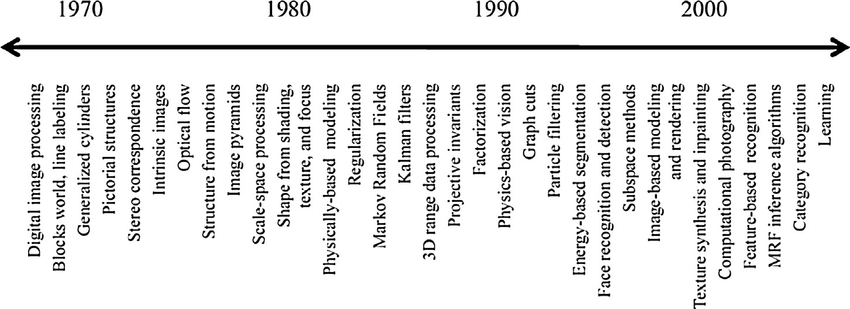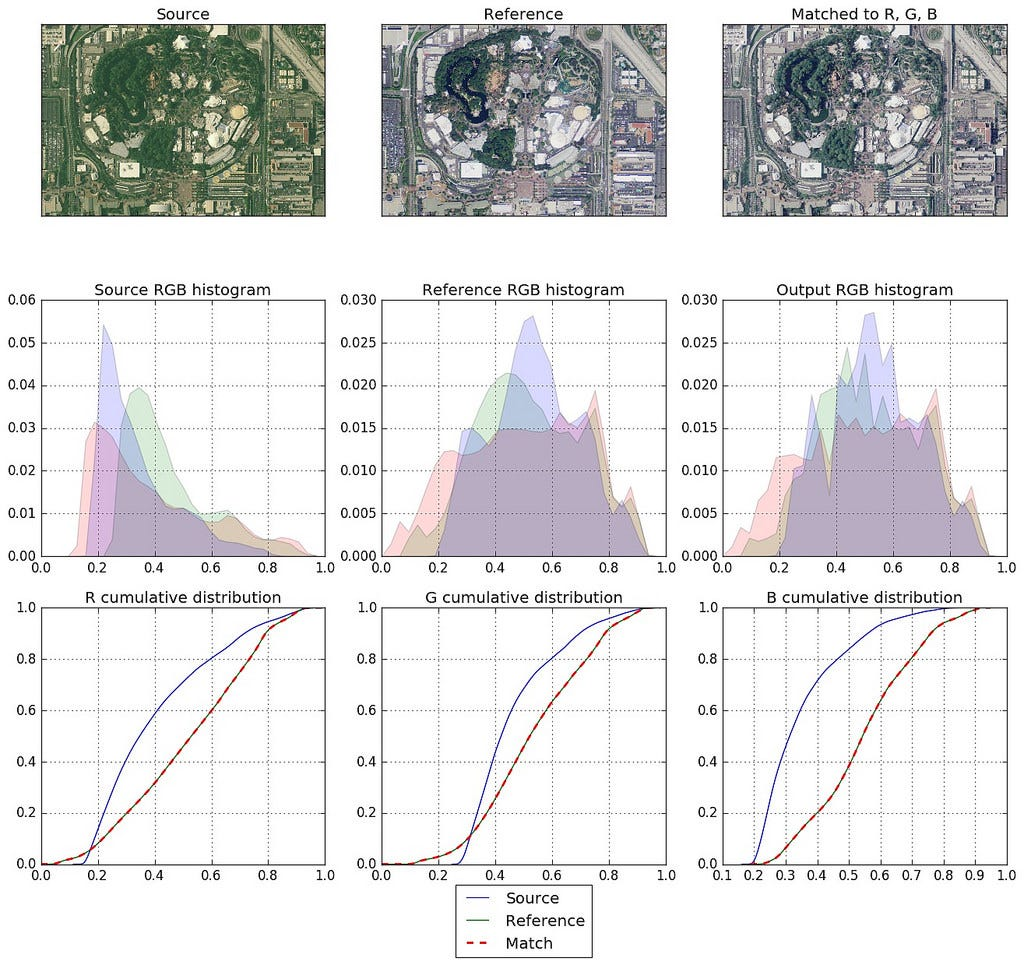- Introduction to Computer Vision
- Image Preprocessing for Computer Vision
- Mathematical Analysis for Computer Vision
- A Complete Guide of Data Augmentation in Computer Vision
- Hands-on Image Classification in Computer Vision
- Face Recognition in Computer Vision with Implementation
- A Complete Guide to Object Detection with Implementation in Computer Vision
- A Comprehensive Guide to Image Segmentation in Computer Vision
- Pose Estimation in Computer Vision: Concepts & Implementation
- Optical Character Recognition (OCR) in Computer Vision: From Pixels to Text
- Image Generation with DCGANs in Computer Vision
- A Complete Guide to Image Restoration in Computer Vision
- 3D image generation in Computer Vision with implementation
Introduction to Computer Vision | Computer Vision
Computer vision stands at the crossroads of artificial intelligence (AI) and visual data interpretation, enabling computers and systems to extract valuable insights from digital images, videos, and similar visual inputs. This gives them the ability to act quickly or make recommendations based on the gathered data. Computer vision gives machines the ability to see, observe, and comprehend the world around them, whereas artificial intelligence gives machines cognitive capacities. In this article, we will describe the basics of computer vision.
Significance of Computer Vision
The value of computer vision extends across many industries, improving capacities and streamlining procedures. It is essential in areas such as:
- Healthcare: Computer vision aids in medical image analysis, detecting anomalies in X-rays, MRIs, and CT scans. It enables early disease diagnosis and treatment planning.
- Automotive: Autonomous vehicles rely on computer vision for object detection, lane tracking, and navigation. This technology enhances safety and the development of self-driving cars.
- Security and Surveillance: Facial recognition systems use computer vision to identify individuals, enhancing security. It is also used in video analysis for threat detection.
- Agriculture: Computer vision helps in crop monitoring, disease detection, and yield prediction, optimizing farming practices.
- Retail: Automated checkout systems, shelf monitoring, and customer behavior analysis benefit from computer vision, improving the retail experience.
History of computer vision
Computer vision has evolved from early pattern recognition in the 1950s to today's deep learning-driven advancements. It transitioned through stages of edge detection, object recognition, and knowledge-based systems in the 1970s-1990s, then embraced machine learning in the early 2000s. The mid-2000s saw progress in image segmentation and tracking, while the late 2000s brought about a deep learning revolution with CNNs, transforming tasks like image classification, object detection, and more.

Basics of Image Processing:
Image processing involves manipulating and analyzing digital images to extract useful information or enhance their visual quality. It's a fundamental step in computer vision tasks. The primary operations in image processing include:

- Image Acquisition: Capturing images using cameras or other sensors
- Image Enhancement: Improving image quality by adjusting brightness, contrast, and sharpness
- Image Restoration: Removing noise, distortions, or artifacts caused during image acquisition
- Image Compression: Reducing image data size while maintaining visual quality
- Image Transformation: Converting images between different representations (e.g., spatial to frequency domain).
- Image Analysis: Extracting useful information from images, such as detecting edges or identifying objects
Machine Learning in Computer Vision
Machine learning plays a significant role in computer vision, enabling systems to learn from data. Supervised learning uses labeled data for training, while unsupervised learning discovers patterns without explicit labels.
Image Filtering and Enhancement:
Applying convolutional techniques to an image while utilizing a filter or kernel matrix is known as image filtering. It can be used for edge recognition, noise reduction, and image sharpening, among other things. Gaussian, Sobel, and Laplacian filters are examples of common filters.
By modifying a picture's attributes, image enhancement techniques seek to increase the image's visual quality. Enhancing methods that increase the dynamic range of pixel values include histogram equalization, contrast stretching, and gamma correction.

Color Spaces and Image Histograms:
Color spaces define how colors are represented in images. The RGB (Red, Green, Blue) color space is commonly used for digital images, where each pixel is represented by three values representing the intensity of each color channel. Other color spaces include HSV (Hue, Saturation, Value) and CMYK (Cyan, Magenta, Yellow, Black).

An image histogram represents the distribution of pixel intensities in an image. It's useful for understanding the image's contrast, brightness, and overall distribution of colors. Histogram equalization is a technique used to enhance the contrast of an image by redistributing the pixel values.
Image Segmentation Techniques:
Image segmentation involves dividing an image into meaningful regions based on certain criteria, such as color, intensity, texture, or object boundaries. It's a crucial step for object recognition and scene understanding. Some common segmentation techniques are:
- Thresholding: Dividing an image into foreground and background based on pixel intensity
- Edge Detection: Identifying edges or boundaries between objects in an image
- Region Growing: Growing regions by combining neighboring pixels with similar characteristics
- Clustering: Grouping similar pixels or regions based on features like color and texture.
- Watershed Segmentation: Treating pixel intensity as a topographic landscape to separate objects
- These concepts provide a foundation for understanding the basics of computer vision. As you get deeper into the field, you'll encounter more advanced topics like object detection, image recognition, and deep learning-based approaches for various tasks.
Ethical and Social Considerations
As computer vision technology advances and becomes more pervasive, privacy concerns become increasingly pertinent. This section investigates how computer vision technologies might intrude on people's privacy. We explore issues including security cameras, facial recognition, and data harvesting while debating how to strike a balance between privacy and security. We also look at government initiatives to protect people's rights to privacy regarding computer vision.
Future Trends in Computer Vision
Computer vision continues to evolve with rapid advancements in deep learning and artificial intelligence. In many computer vision applications, real-time and interactive features are becoming increasingly crucial. The need for real-time processing is being driven by fields like augmented reality (AR), virtual reality (VR), and robots. In this subsection, we look at the opportunities and challenges this demand presents.
In this tutorial series, we will describe some essential computer vision topics.